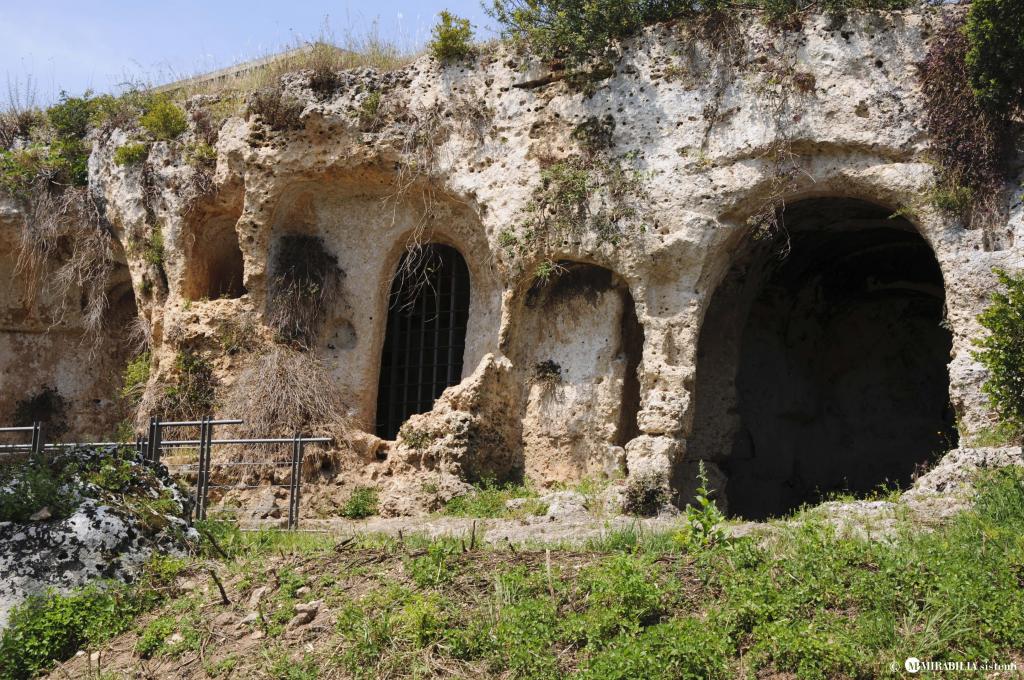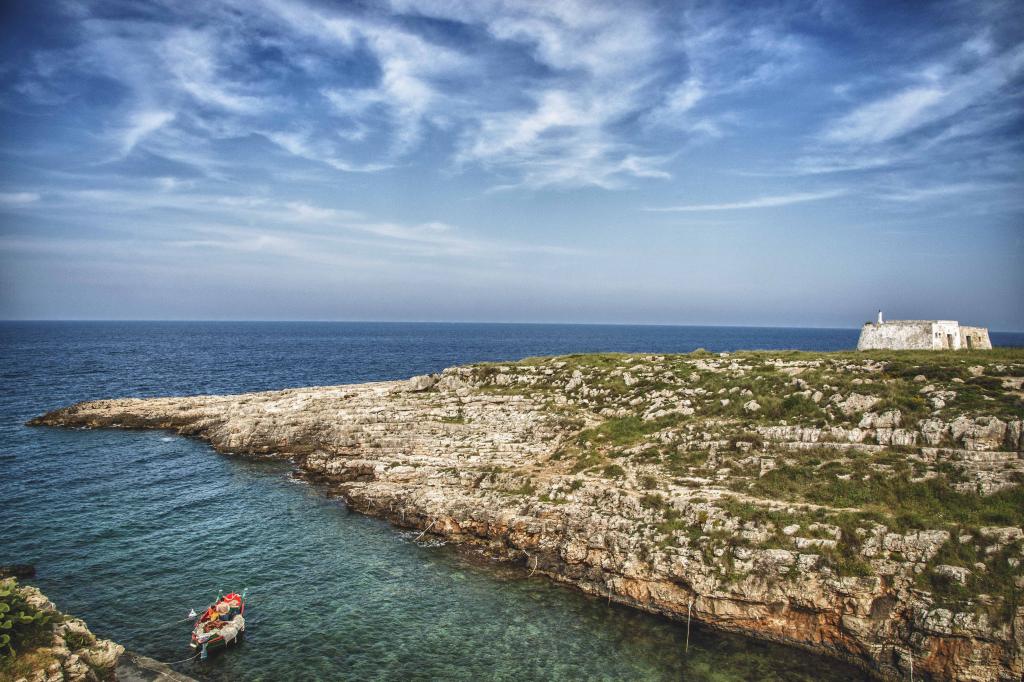[Get to know MEDUSA's territories] Archaeotrekking in the countryside of Monopoli, Italy

This article forms part of a series of publications under MEDUSA project to promote less-known natural and cultural touristic assets in our partner territories Jordan, Lebanon, Tunisia, Puglia (Italy) and Catalonia (Spain). Enjoy reading and hope to welcome you soon at one of the wonderful places you will get to know here
Archaeotrekking is a recently born tourist formula that combines the discovery of the archaeological beauties with hiking, through the definition of walking itineraries to learn about the history and traditions of the area. Archaeottreking can be practiced almost anywhere, but places like southern Italy are particularly suitable for this kind of experience because they are rich in archaeological sites and extraordinary hidden naturalistic corners.An area of Puglia where it is possible to practice archaeotrekking is the countryside surrounding the town of Monopoli which is located on the sea. It is characterized by more than one hundred of rural districts called “contrade” and small caves called “lame” where it is possible to enjoy a walk through a picturesque vegetation, dotted with prehistoric sites, rock-cut churches and centuries-old carob trees.
Trips are frequently organized here by Apulian expert archaeological guides, who lead hikers to reach the majestic churches carved into the rock, among the largest in the region, that are decorated with centuries-old frescoes, such as the "Maiestas Domini", a scene from the Apocalypse with Christ wrapped in a light Vesica piscis, together with the symbols of the evangelists, of San Giovanni and of the Madonna and Child. In the same area, in the most southern “lama”, hikers have the exclusive privilege to enter two further grandiose rock churches, those dedicated to San Lorenzo and San Giovanni, where they can see a mill, a funerary chapel and a storehouse. A unique experience in a spellbinding place that leave visitors speechless
1. Lama d’Antico

(Lama d’Antico settlement _ ph. MIrabilia Sistemi)
2. Lama Portacola

(Lama Portacola _ ph. Leonardo d’Angelo)









